Last updated on 2025-10-26
A review and sample photos of the VARIO SONNAR 24-85 F3.5-4.5 lens converted from a Contax N mount to an EF mount and used with a digital camera.
- Please see the disclaimer regarding advertising here.
- Italicized links in the text are advertisement links that take you to other sites.
Table of contents
Gallery
The following cameras were used to take the sample photos:
- SONY α7Sii
- LEICA M-P typ240
- CANON EOS 1Ds MARK-III
- CANON EOS 1D Mk-IV
- CANON EOS 7D
Review
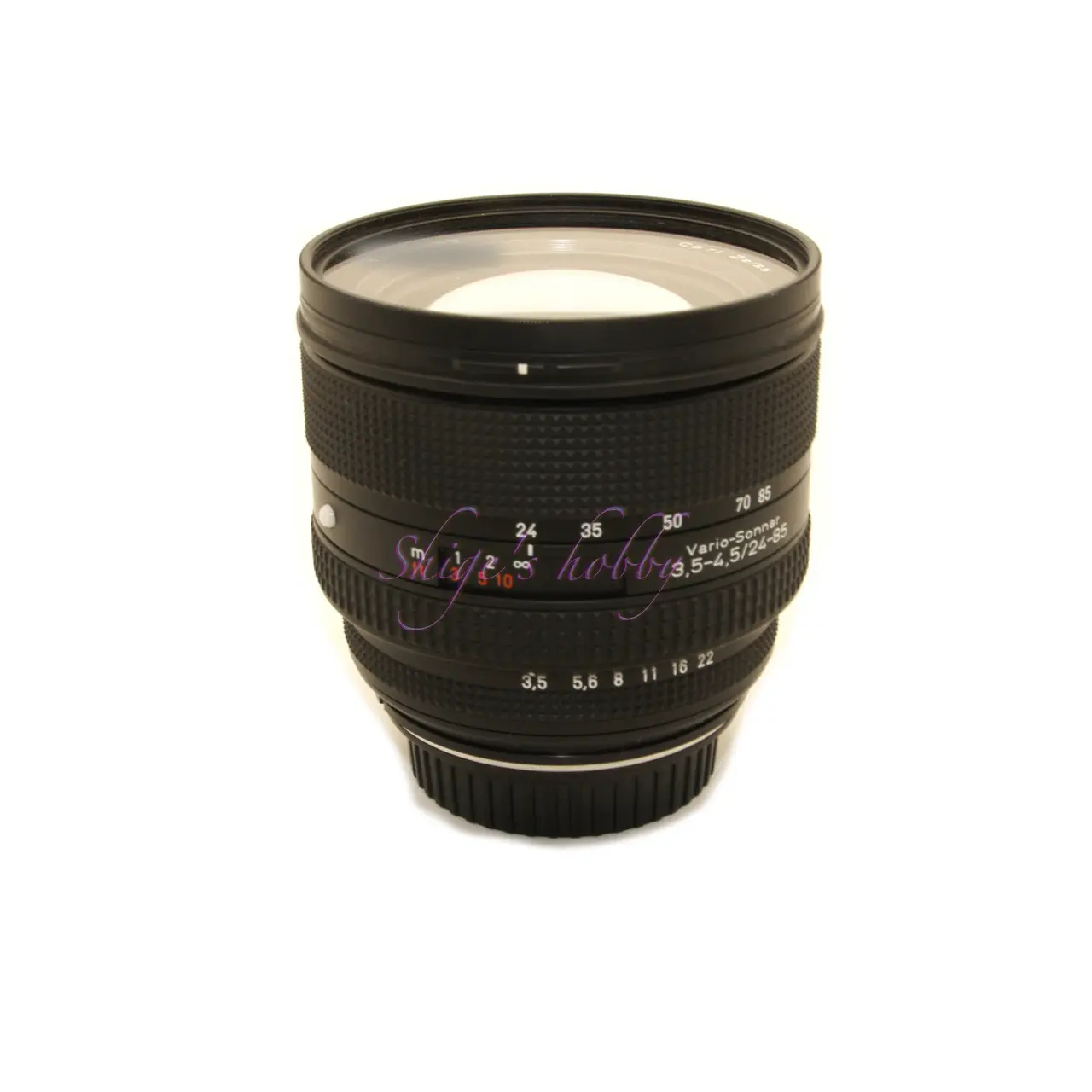
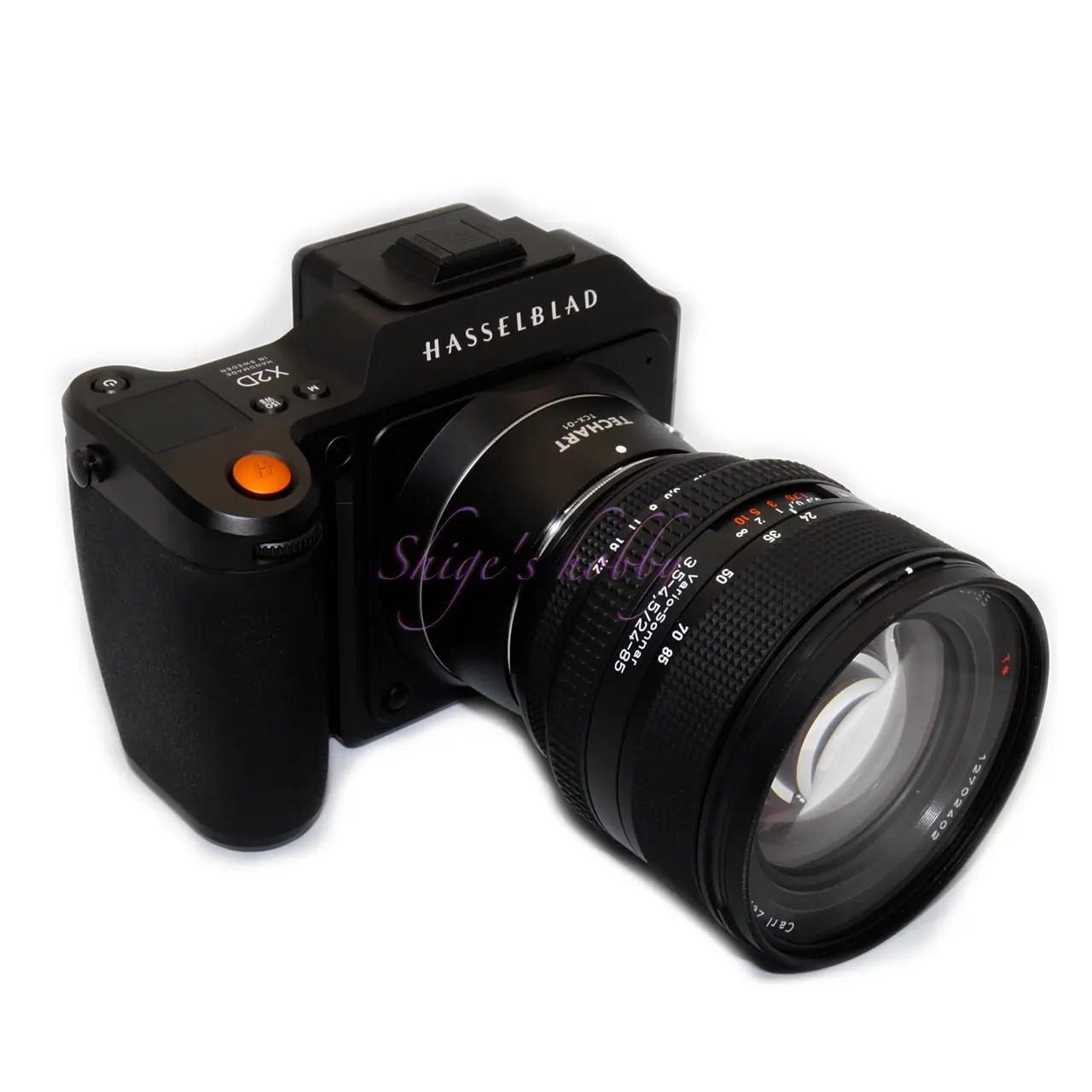
1.Overview
The CONTAX-N VARIO SONNAR 24-85 is a high-spec version of the standard zoom lens for the CONTAX N mount, covering focal lengths from 24-85mm. The maximum aperture is F3.5 at the wide-angle end and F4.5 at the telephoto end.
The original mount of this lens, the CONTAX N mount, was released as a lens for Kyocera Contax’s N system cameras, along with the CONTAX N film camera. This lens has a fully electrified mount, designed for use with the CONTAX N Digital, a digital camera equipped with a 35mm full-frame sensor that was released later.
2.Usability
My CONTAX-N VARIO SONNAR 24-85mm lens is a modified EOS (CANON EF) mount lens with a broken aperture control, which I purchased at a camera shop on the outskirts of Shinjuku.
Compared to the 28mm-70mm, the wide-angle 24mm-85mm lens covers a slightly wider range in both wide-angle and telephoto directions, making it convenient to be able to cover both wide-angle and telephoto with just one lens.
The CONTAX-N VARIO SONNAR 24-85mm in CONTAX N mount can be purchased for around 30,000 yen, making it a lens worth considering for Sony mirrorless α users who own a CONTAX N mount adapter. However, purchasing an expensive α-N mount adapter just for this lens would not be wise; a happier choice would be to simply buy an E-mount standard zoom lens.
Also, although the lens has an aperture ring, this ring does not actually operate the aperture; it sends an aperture value to the camera, which then closes the aperture using an electrical signal. Therefore, if you are using a mount adapter and the camera does not have the function to receive the lens aperture value, the lens will receive the aperture value set on the camera and close the aperture when taking a picture. Therefore, on most cameras the ring is just decorative.
・35mm full-frame sensor / Tested with SONY α7Sii
When used with the 12-megapixel 35mm full-frame sensor of the SONY α7Sii, the image quality is impeccable even in the corners. This may be the optimal pixel count for the sensor.
Since this lens has been converted to an EF mount, I used it with my α7Sii and NEX-7 via an EF mount adapter with electronic contacts, and the autofocus worked without any problems. As with other EF lenses, when used via a mount adapter, the autofocus accuracy is not as good and the focus often becomes unsteady. For this reason, I use manual focus when using this lens.
The following three types of mount adapters were used:
- VILTROX MOUNT ADAPTER EF-NEX IV (plain mount adapter)
- SIGMA MOUNT CONVERTER MC-11 CANON EF-E (plain mount adapter)
- Metabones Body side: Sony E / Lens side: Canon EF T Speed Booster ULTRA 0.71 (focal reducer adapter)
・35mm full frame sensor / Tested with LEICA M-P typ240
When using the lens with the 24-megapixel 35mm full-frame sensor of the LEICA M-P typ240, as described below, the lens could only be used at its widest aperture, resulting in distortion in the corners of the image in some scenes. This is thought to be due to the widest aperture and the lack of communication between the camera and lens, resulting in no corrections through image processing.
Since the LEICA M-P typ240 was used via a LEICA-M/EOS mount adapter, which has no electronic contacts, there was no way to adjust the aperture, so it had to be used at its widest aperture even when the aperture was normal.
Focus adjustment was manual, and the external electronic viewfinder EVF-2 was attached to the camera as the viewfinder.
Since the LEICA M-P typ240’s EVF-2 slows down the camera’s operation, I used it at a leisurely pace.
・35mm full frame sensor / Tested with EOS-1Ds MKIII
When using it with the 20-megapixel 35mm full-frame sensor of the EOS-1Ds MKIII, vignetting is evident in wide-angle shots, likely due to the lens’s broken aperture, which is why it’s shot wide open. This inability to close down the aperture can be inconvenient, as it limits the aperture’s expressive power.
The autofocus speed and accuracy are faster and more accurate than that of the SONY α7Sii + Electronic Mount Adapter.
Naturally, this lens, which has been converted from a CONTAX N mount to a CANON-EF mount, can be directly attached to a Canon camera, and the captured image data will be recorded as “Lens Name: Canon 24-85mm.”
・35mm full frame sensor / Tested with EOS-1D MKIV
When used with the Canon APS-H size sensor on the EOS-1D MKIV, the 35mm equivalent focal length is 31mm-110mm, making it feel like a standard zoom starting at 28mm.
The autofocus speed and accuracy are better than those of the EOS-1Ds MKIII and EOS-7D, making it the fastest and most accurate of the three Canon cameras tested here.
And looking at the photos, the peripheral vignetting that was an issue with the EOS-1Ds MKIII is forcibly cropped due to the camera’s smaller sensor size than 35mm format, so the photos are stable across the entire image, suggesting that an APS-H size sensor is optimal for using this lens.
・35mm full frame sensor / Tested with EOS-7D
When used with the Canon APS-C size sensor mounted on the EOS-7D, the 35mm equivalent focal length is 38mm to 136mm, and the wide-angle end starts at about 40mm, so the spread is not wide enough. Looking at the shooting results, because it uses a lens further inward than the APS-H size sensor, the image stability is improved. This lens is recommended for photographers who do not need the wide-angle end.
Autofocus speed and accuracy are comparable to the EOS-1Ds MKIII.
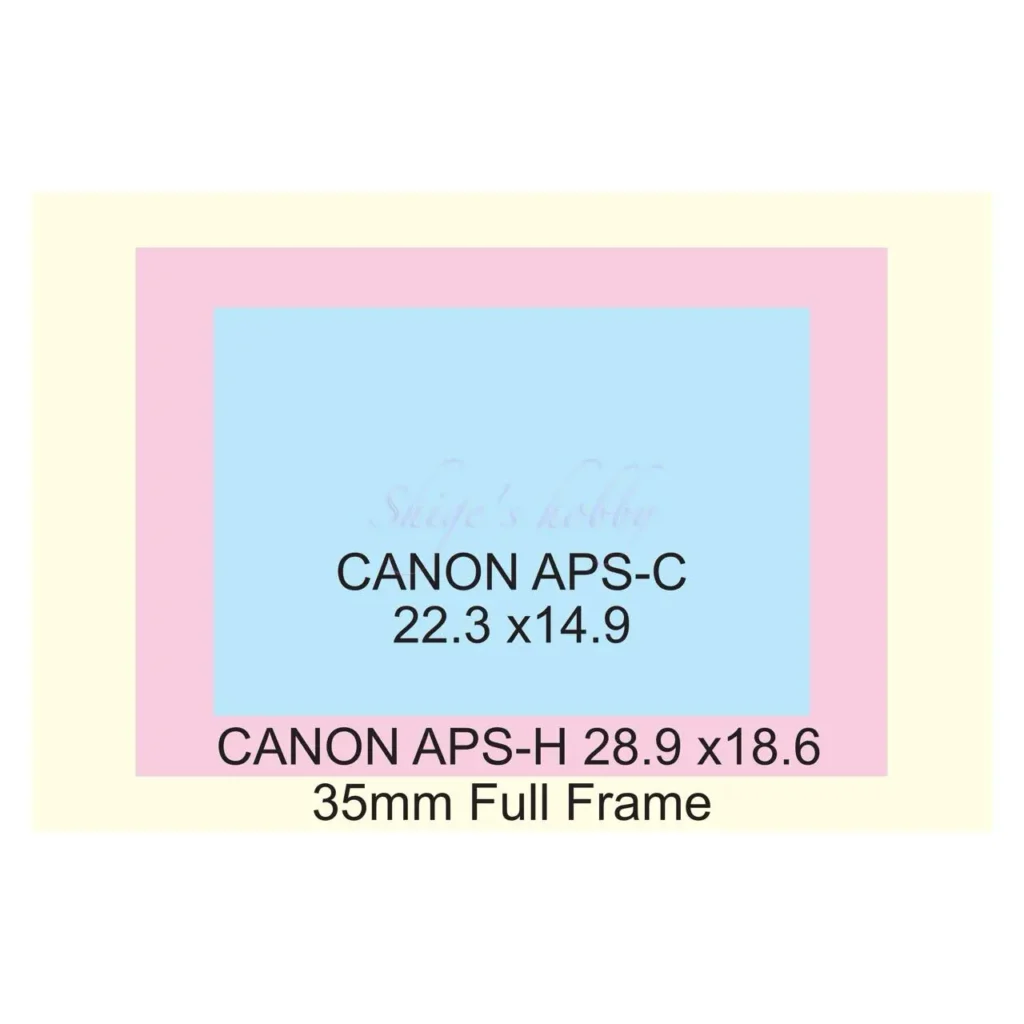
・Trial with medium format digital sensor
After selling a body that could use EOS lenses, I came across a second-hand TECHART TCX-01 adapter for using Canon EF mount lenses with a HASSELBLAD X camera at a map shop near Shinjuku Station, so I bought it hoping that I could use this lens with the HASSELBLAD X2D.
When an AF-enabled lens is attached to the X2D, autofocus (AF) can be selected in the focus mode, but when I attached this lens to the X2D via the TECHART TCX-01 (firmware 6.0.0), AF could not be selected in the X2D menu screen with this combination.
The focus operation of this lens is sparse due to the autofocus focus ring, but since the focus part is a physically operated lens, it can be used in manual focus (MF) mode.
In order to check the operation of the TECHART TCX-01 and a genuine Canon lens with the X2D, I tried a genuine Canon EF mount lens with the kind permission of a local camera shop. I found that lenses with old lens motors and USM (lenses that focus physically) cannot select AF mode, just like the VARIO SONNAR 24-85, but can operate in MF.
I found that the latest STM lenses, which operate the focus motor electrically, cannot select AF mode, and even if you select MF and turn the focus ring, the focus position does not move, so they are completely unusable.
According to the Focus Studio announcement in June 2023, firmware V7.0.0 is compatible with “Hasselblad X2D 100C (Ver. 2.0.0) (Release date: 2023-06-13)”, so AF may work. However, I disposed of the mount adapter before the firmware update. Also, the X2D firmware was updated to 3.1.0 in December 2023.
When I tried it with manual focus on an X2D, there was vignetting in the corners at the wide-angle end of 24mm, and as I moved towards the telephoto end of 85mm the vignetting got better but wasn’t completely eliminated.
The vignetting at 24mm is as follows, with the purple areas being completely missing data.
When using a 44mmx33mm sensor, cropping 1:1 discards the sides but leaves almost the entire vertical image usable. When cropping 3:2, 9648 pixels remain out of the 11227 pixels wide, so about 14% is lost, and 37mm of the 44mm sensor is usable, showing that this lens is designed correctly to target 35mm film and 35mm full-frame sensors.
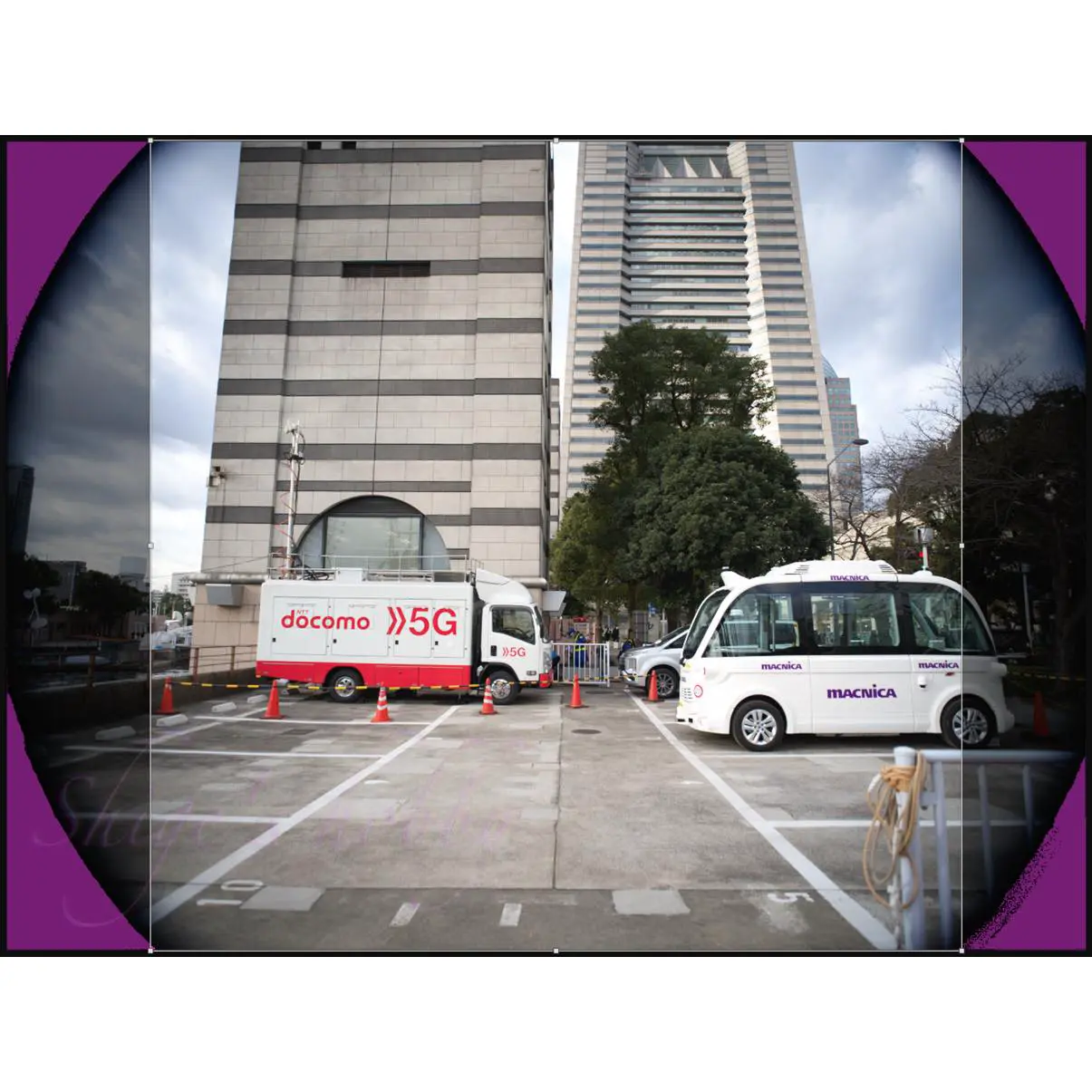
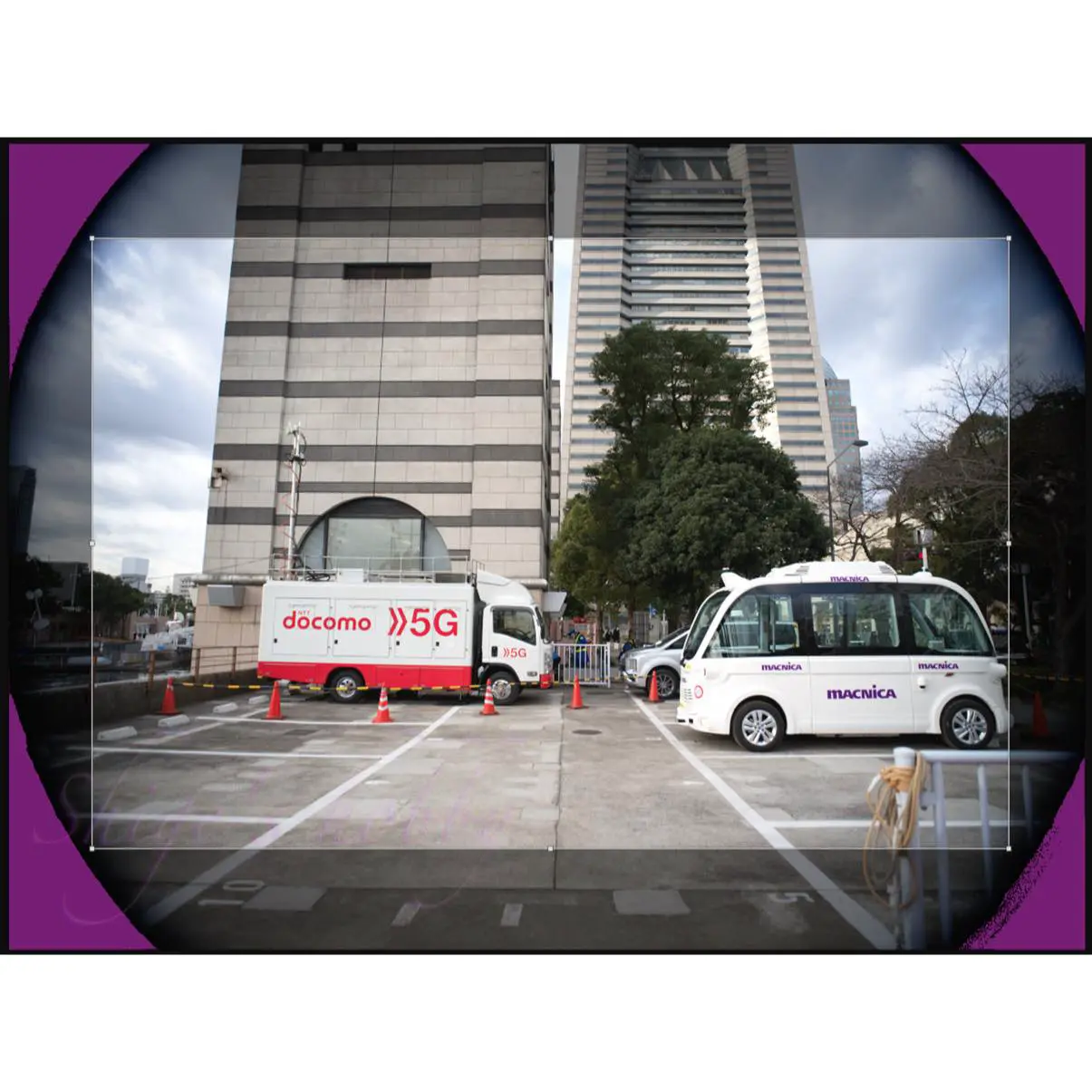
3.Summary
In conclusion, to sum up the CONTAX-N VARIO SONNAR 24-85, its performance cannot match that of the latest zoom lenses, so unless it is cheap including the mount adapter, it is not a lens that you would want to buy.
・Digression
The CONTAX N Digital was launched on the market with a 35mm full-frame sensor at a time when most consumer interchangeable lens digital cameras, except for professional cameras such as Kodak, were equipped with APS-C size sensors.
This sensor was made by bonding together multiple small sensors to reduce costs, and false colors at the seams were avoided by image processing. This method is not a problem for normal photography, but the borders that appear when overexposed significantly damaged the camera’s reputation.
At the time, this camera was a rare camera with a 35mm full-frame sensor, and although it was cheaper than professional cameras, it was still quite expensive, so I remember being a little disappointed when users who didn’t actually use it were finding flaws that were not noticeable in normal photography and complaining about them.
I can’t say much about the Contax N because I haven’t actually used it, but it’s a real shame that Kyocera/Contax, which introduced the 35mm full-frame sensor early on, has gone out of the camera business, and the Contax brand, which currently has a certain reputation in the used market, is gone.
Specification
| Items | Value | Note |
| Focal length(mm) | 24〜85 | |
| Max aperture | 3.5〜4.5 | |
| Min aperture | 22 | |
| Lens Construction | 14elements in 12groups | |
| Min distance(m) | 0.5 | |
| Lens length(mm) | 71 | Distance from mount surface |
| Max diameter(mm) | 85 | |
| Filter Size(mm) | 82 | |
| Weight(g) | 583 | EOS mount modified product |
Reference links
Affiliate Link
- CONTAX・Ads by Amazon
- CONTAX645・Ads by Amazon
- CONTAX books・Ads by Amazon
Update history
- 2025.10.1
- 2024.9.8
- 2024.02.12:First draft

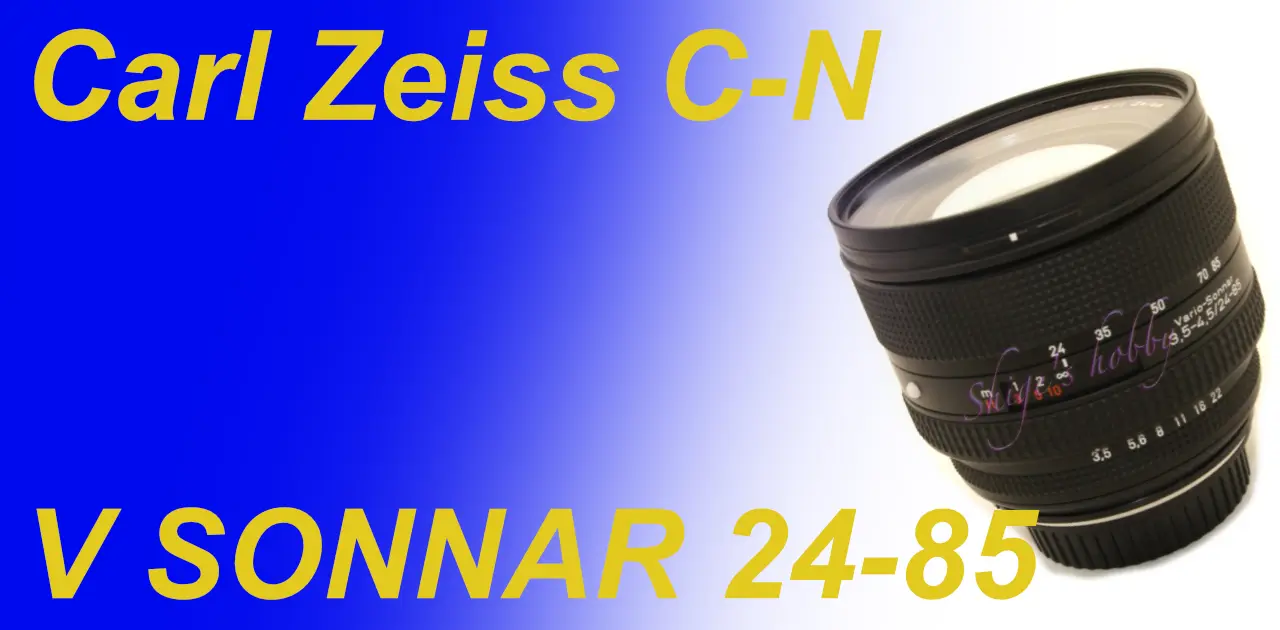

Be First to Comment